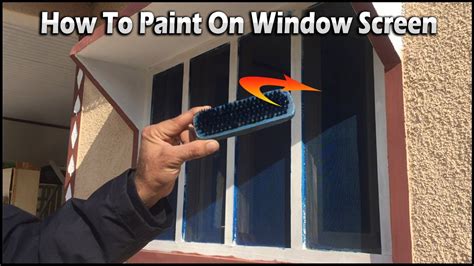How To Paint On Screen
Ronan Farrow
Apr 01, 2025 · 3 min read

Table of Contents
How to Paint on Screen: A Beginner's Guide to Digital Art
So you want to learn how to paint on screen? Welcome to the exciting world of digital art! This guide will walk you through the basics, from choosing the right software to mastering fundamental techniques. Whether you're aiming for photorealistic portraits or whimsical illustrations, this comprehensive guide will equip you with the knowledge you need to start your digital painting journey.
Choosing Your Digital Painting Software
The first step in your digital painting adventure is selecting the right software. Several excellent options cater to various skill levels and budgets. Here are a few popular choices:
Adobe Photoshop:
- Pros: Industry-standard software, incredibly versatile, vast community support, extensive features.
- Cons: Expensive subscription, steep learning curve for beginners.
Procreate:
- Pros: Powerful features, intuitive interface, specifically designed for iPad, relatively affordable.
- Cons: Only available on iPad and iPhone.
Krita:
- Pros: Free and open-source, powerful features comparable to paid software, excellent for beginners and professionals alike.
- Cons: Interface may feel less polished than paid alternatives.
Clip Studio Paint:
- Pros: Excellent for comic book artists and illustrators, strong brush engine, affordable compared to Photoshop.
- Cons: Steeper learning curve than some other options.
Ultimately, the best software for you depends on your budget, device, and preferred style. Many offer free trials, so experiment to find the perfect fit!
Essential Tools and Techniques for Digital Painting
Once you've chosen your software, it's time to learn the essential tools and techniques.
Understanding the Brush Engine:
Mastering the brush engine is crucial. Experiment with different brush types – hard brushes for sharp lines, soft brushes for blending, texture brushes for adding realism, and custom brushes for unique effects. Adjusting opacity, flow, and size will significantly impact your painting.
Layering:
Digital painting relies heavily on layers. Think of them as transparent sheets stacked on top of each other. This allows you to adjust individual elements without affecting the rest of your artwork. Use layers for:
- Sketches: Create a rough sketch on a separate layer.
- Base Colors: Lay down your base colors on a new layer.
- Shadows and Highlights: Add shadows and highlights on dedicated layers.
- Details: Add fine details on their own layer for easy editing.
Color Mixing and Blending:
Digital painting offers unparalleled control over color. Experiment with different blending modes to achieve unique effects. Understanding color theory – hue, saturation, and value – will elevate your artwork. Practice blending techniques like wet-on-wet, layering, and overlaying.
Mastering Values:
Learning to control values (light and dark) is fundamental to creating depth and dimension in your paintings. Use a value study to plan your light source and shadows before starting to paint.
Practicing and Improving Your Skills
The key to becoming a proficient digital painter is consistent practice. Start with simple exercises, like painting basic shapes and gradually increase the complexity of your projects. Study the work of other digital artists for inspiration. Don't be afraid to experiment and try new techniques. The more you practice, the better you'll become!
Conclusion
Digital painting is a rewarding and accessible art form. With the right tools, techniques, and practice, you can create stunning artwork. So grab your stylus (or mouse!), choose your software, and start creating! Remember to share your progress and connect with other digital artists online – it's a supportive and inspiring community.
Featured Posts
Also read the following articles
| Article Title | Date |
|---|---|
| How To Install Baby Trend Car Seat Base | Apr 01, 2025 |
| How To Pass A Poet Test | Apr 01, 2025 |
| How To Make A Watch Dial | Apr 01, 2025 |
| How To Make Booty In Infinite Craft | Apr 01, 2025 |
| How To Install A Baby Trend Car Seat | Apr 01, 2025 |
Latest Posts
Thank you for visiting our website which covers about How To Paint On Screen . We hope the information provided has been useful to you. Feel free to contact us if you have any questions or need further assistance. See you next time and don't miss to bookmark.
